What's All the Hype About Web 3

A layer by layer explanation of Web 3
Unlike most crypto platforms before it, Polkadot was created to be user-controlled and completely decentralized. The platform is currently the 10th biggest cryptocurrency as it keeps adding parachains to its main chain. Since 2014, FileCoin has been building a faster, cheaper, and more transparent infrastructure for data storage by employing a globally distributed network of servers instead of relying on one service provider. Theta is revolutionizing the video streaming platform through a network of hundreds of computers across the globe. Something is common to these three projects; they are all web 3 concept projects. So what is web 3 all about?
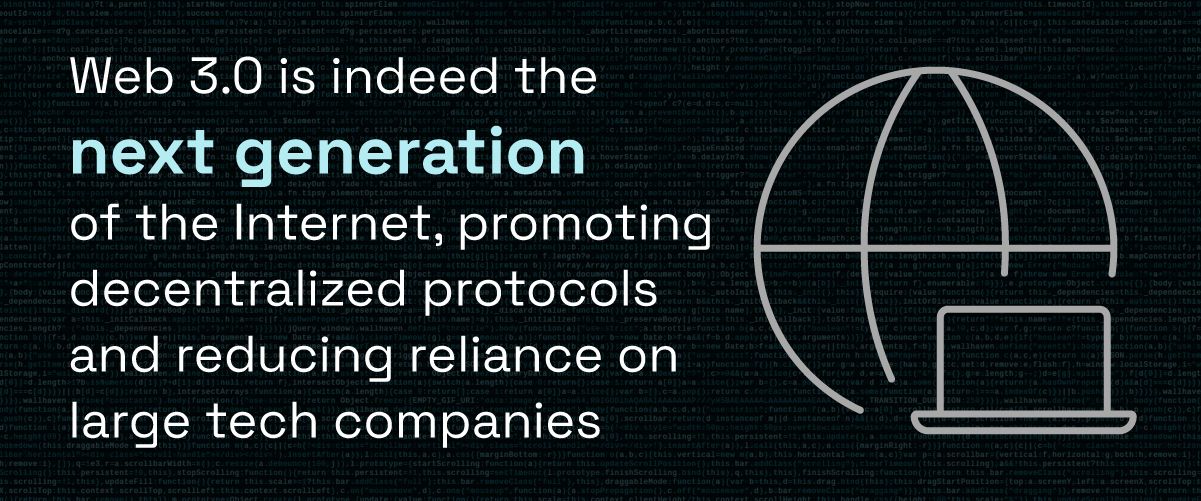
Web 3.0 is indeed the next generation of the Internet, promoting decentralized protocols and reducing reliance on large tech companies like YouTube, Netflix, and Amazon. Attention is slowly diffusing from the renowned tech giants to decentralized protocols almost everywhere you go. There is a revolution right before us.
But then, what happened before Web 3?
What is Web 3 and what happened before Web 3?
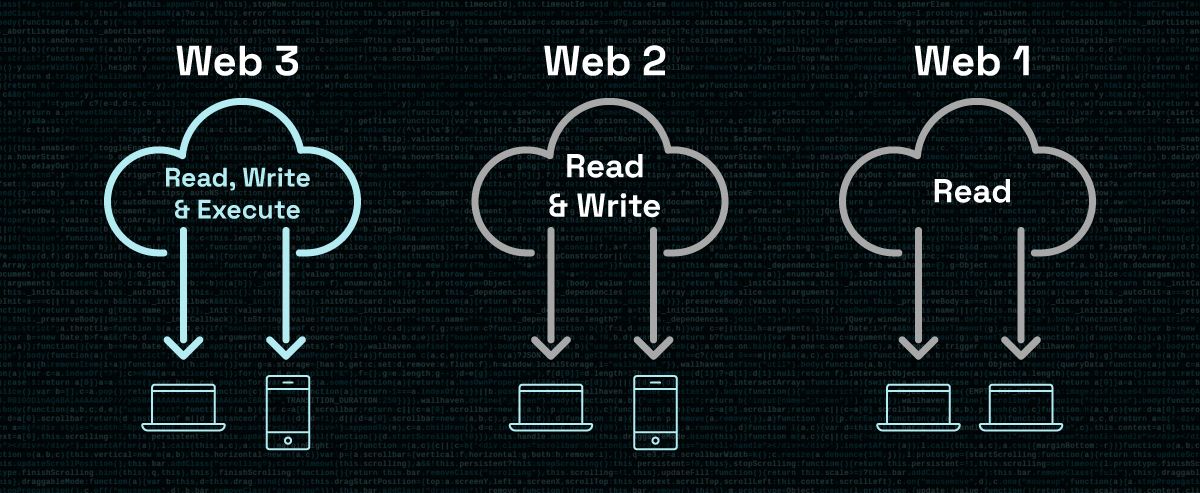
Understanding Web 3 means understanding what has come before. In the late 1990s, Web 1 - an early version of the Internet - appeared with links and homepages. Unfortunately, these early sites had limited interactivity. Besides reading and publishing basic content, there wasn't much else you could do.
Next came Web 2. Some refer to the Internet as the "read-write" version since it offers both the ability to open and edit files, as well as just view them. Users could consume content on this version of the Internet and create their content on blogs like Tumblr, Internet forums, and online marketplaces like Craigslist. Over time, social media platforms like Facebook, Twitter, and Instagram transformed how content is shared.
What brought about Web 3
In the wake of the Web 2 revolution, people have enjoyed free services in abundance, but they are beginning to tire of the "walled gardens" created by the tech giants and would like to retain more control over their data and content. It is at this point that Web 3 comes in.
We can consider Web 3 the "read/write/own" phase of the Internet. The users can participate in the governance and operation of protocols, rather than just using free tech platforms to exchange data. In this way, people are treated as shareholders as well as customers.
In this new phase, people are shareholders, and the shares they hold are referred to as tokens or cryptocurrencies. These tokens represent the ownership of the network they belong to. The decentralized networks are called Blockchains. Holding enough tokens gives you control over the network. With governance tokens, for instance, token holders can determine the future of a decentralized lending protocol.
According to Brooks, the CEO of Bitfury, what matters the most is what will happen on the decentralized Internet, rather than what will happen on the main Internet, which firms like Twitter, Facebook, Google, and a few others.
How Does Web 3 Work?
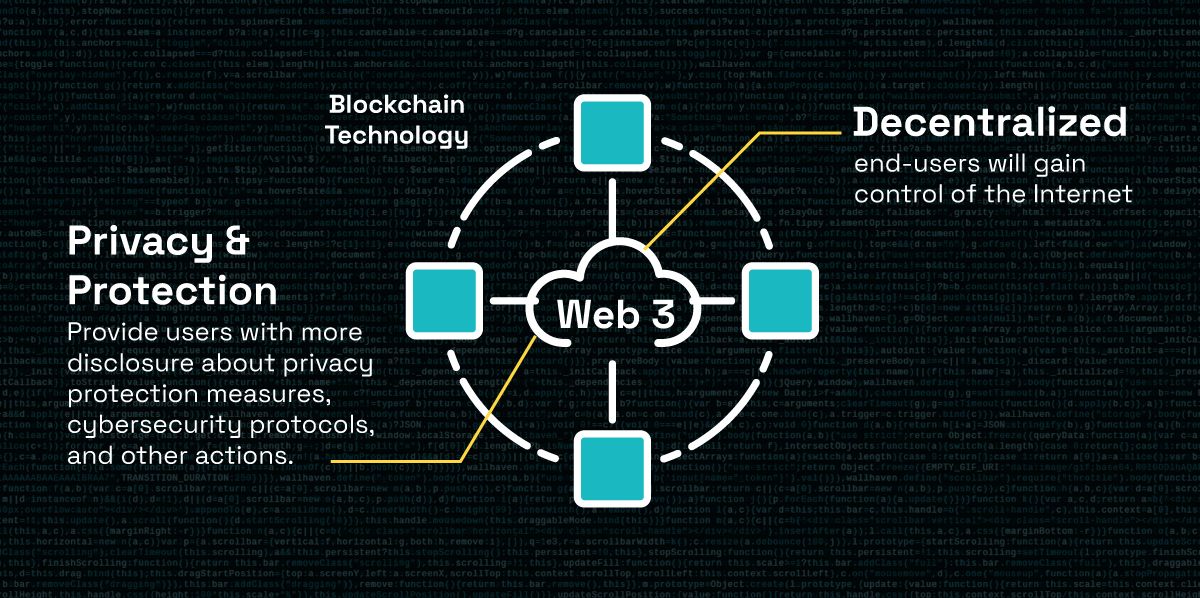
Web3 is based on blockchain technology, like other recent buzzwords like NFT and Bitcoin, end-users will gain control of the Internet by taking it away from internet giants like Facebook, Google, and Amazon. The term web3 was first coined in 2014 by Polkadot founder and Ethereum co-founder Gavin Wood. Currently, most Web3 applications are built upon the Ethereum blockchain.
Using the blockchain to rebuild the existing Internet will mean no single entity will control applications on Web3, dApps (decentralized applications). Currently, websites and applications use servers to receive and distribute information. The Internet responds to every action you take. But whatever happens in the middle is known only to the platform provider. Web3 changes this by using blockchain to provide users with more disclosure about privacy protection measures, cybersecurity protocols, and other actions. Each participant in this distributed ledger system acts as a node.
What is Web3 stack?
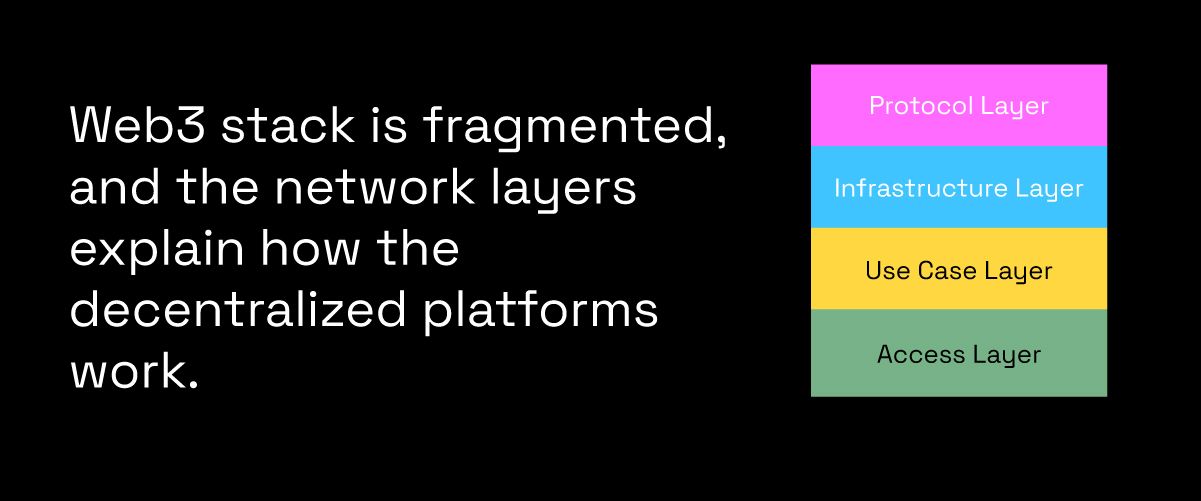
Web 3 is an evolving landscape, and each layer of the stack keeps unfolding with innovation. As a result, the Web3 stack is fragmented, and the network layers explain how the decentralized platforms work.
Protocol layer
This layer sits at the bottom of the stack, and it consists of the blockchain infrastructure on which the other applications are built. Although Bitcoin is the pioneering technology on this platform, it isn't a protagonist in the web 3 story. Ethereum and other layer 1 smart contract platforms like Solana, Avalanche, and Cosmos emerged after Bitcoin. These platforms are the bedrocks of most web 3 applications currently in production. As a layer 1 platform, Ethereum has its capacity limitations, which birthed the multiple layer 2 scaling platforms built on Ethereum.
Infrastructure layer
This dense layer is built on top of the protocol layer and is made of building pieces that are interoperable and extremely efficient in performing a specific task. It consists of diverse projects that include data storage, DAO governance tooling, communication protocols, and more. Uniswap, for example, allows you to swap one asset for another. Filecoin and Arweave enable decentralized data storage while AAVE and Compound are innovating borrowing and lending. There are many other platforms in this layer, and they are viable foundations for a web 3 developer to build an app, especially when they are in synergy.
Use Case Layer
The protocol and infrastructure layers come together at the use case layer. For example, the decentralized blogging site, Mirror, operates at the user layer. It employs Arweave to store data and uses Ethereum to allow authors to be paid in cryptocurrency. Likewise, blockchain-based games like Axie Infinity and Decentraland and NFT marketplaces like Opensea and Rarible operate at the user case level. Axie Infinity, for instance, employs ethereum tokens and NFTs, while players frequently exchange ETH for the tokens required to play the game with Uniswap.
Uniswap can be classified as both a user case and an infrastructure layer. This is because Uniswap is a series of smart contracts and a front-end app that users can engage directly.
Access Layer
The applications at the access layer are at the top of the stack, and they serve as the entry points for all web 3 activities. For example, if you want to get paid on Mirror or play Axie Infinity, you'd need a wallet. This is where wallets such as Metamask come into play. Other initiatives, such as Rabbithole, would help discover and learn how to utilize various Web3 apps. Lastly, aggregators such as Zapper and Debank also assist users in tracking all of their actions and assets across many applications.
Web 3.0 and artificial intelligence
There is a general perception that AI will play an essential role in web3. The reason is the number of machine-to-machine interactions and decisions needed to run many web3 applications.
The Metaverse and Web 3
Metaverse is the final important concept in Web3. Web3's metaverse refers to the next generation of the Internet's front-end - what we do online, how we communicate, and what data we manipulate.
How can you use Web 3?
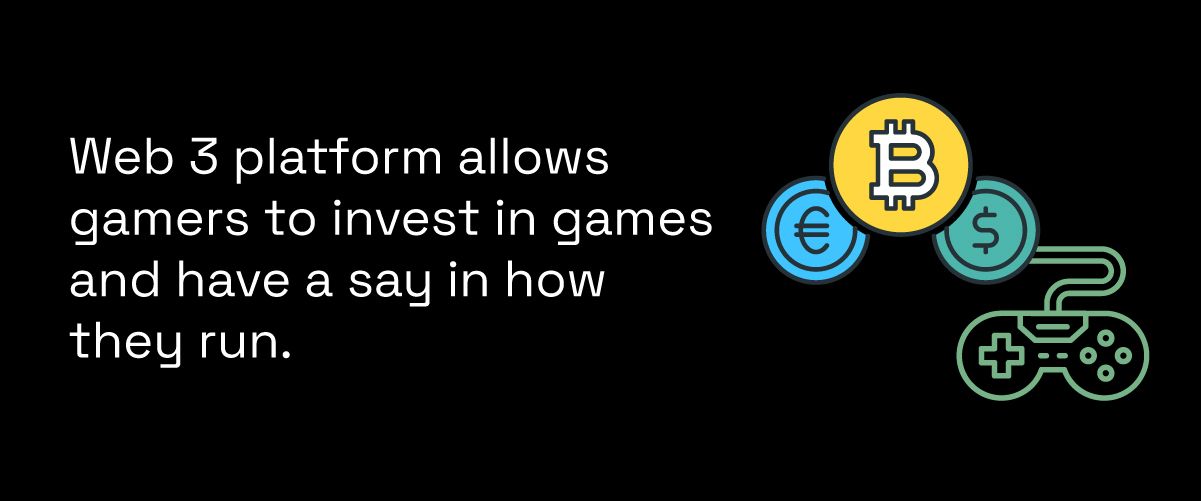
With Web 3, products that were once centralized can now be governed cooperatively. Furthermore, it does not matter what it is; it can be tokenized whether it is a meme, a piece of artwork, a social media post, or a ticket to a concert.
The gaming industry provides an excellent example of how paradigms can shift. Frequently, gamers take to the Internet to complain about bugs developers leave in video games or how the latest patch upsets their favorite weapon's balance. The Web 3 platform allows gamers to invest in games and have a say in how they run. Web 3 is assisting large Web 2 companies in creating virtual worlds. These companies include Meta and Ubisoft. Tokens with non-fungible properties (NFT) will play an increasingly important role in helping to reshape the gaming industry, as the tokens would allow players to acquire items permanently.
Bottom Line
While not exhaustive, the various layers we've highlighted should give a fair picture of what Web3 looks like, that is, an internet controlled by its users.
The projects and possibilities embedded in the layers may shift in the future, and perhaps many more layers are yet to be built. However, there's no question about the potential for Web3 technology to emerge as a tremendous force that would affect our daily lives in the years to come.

